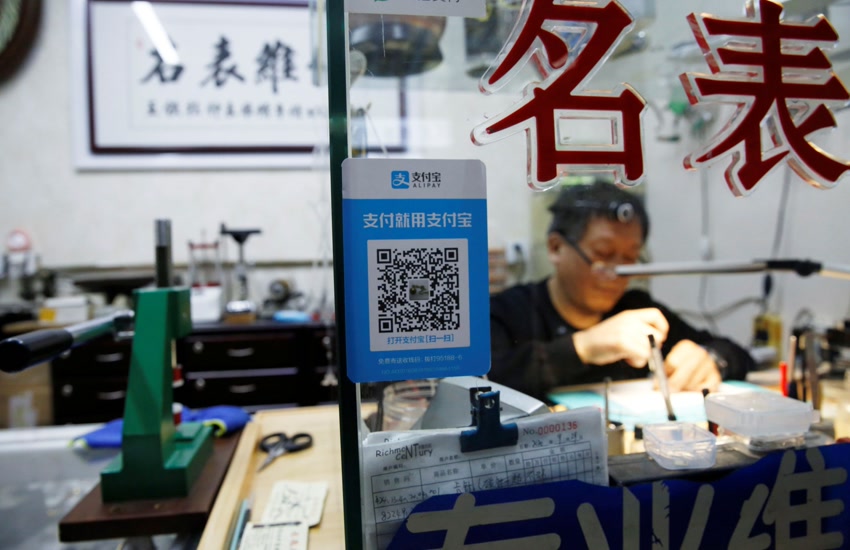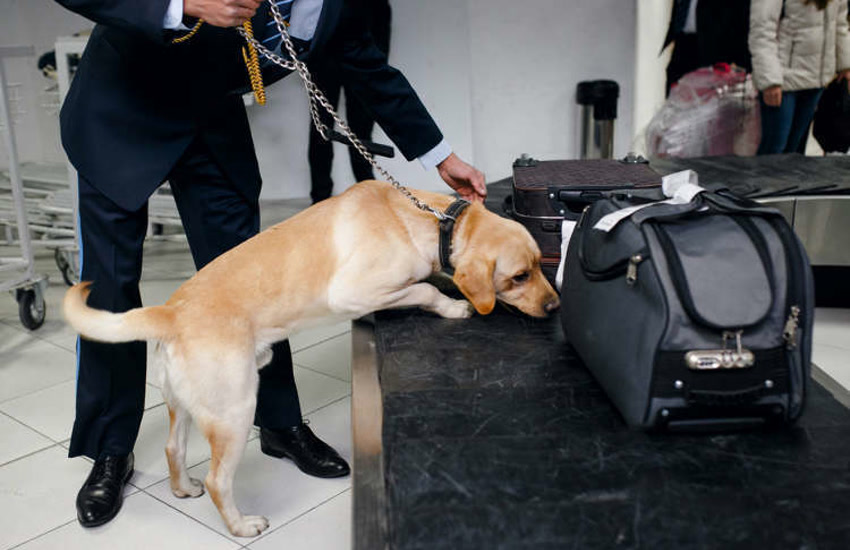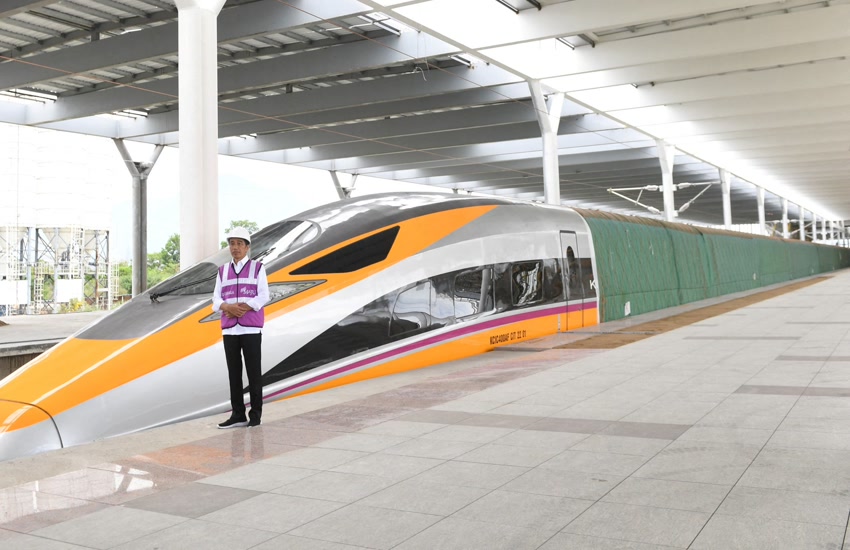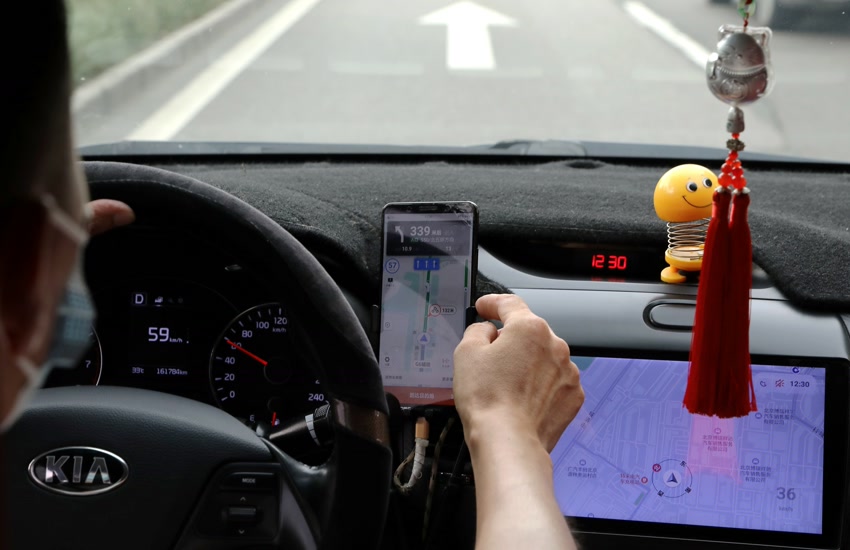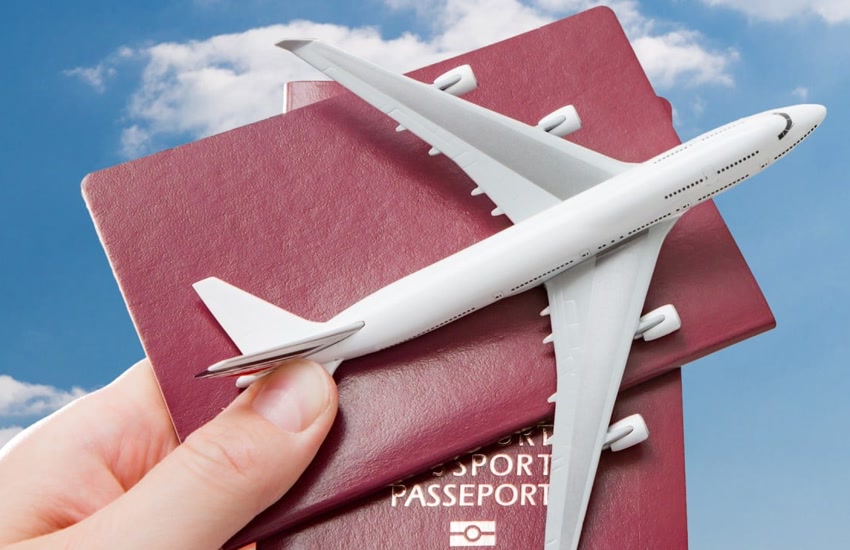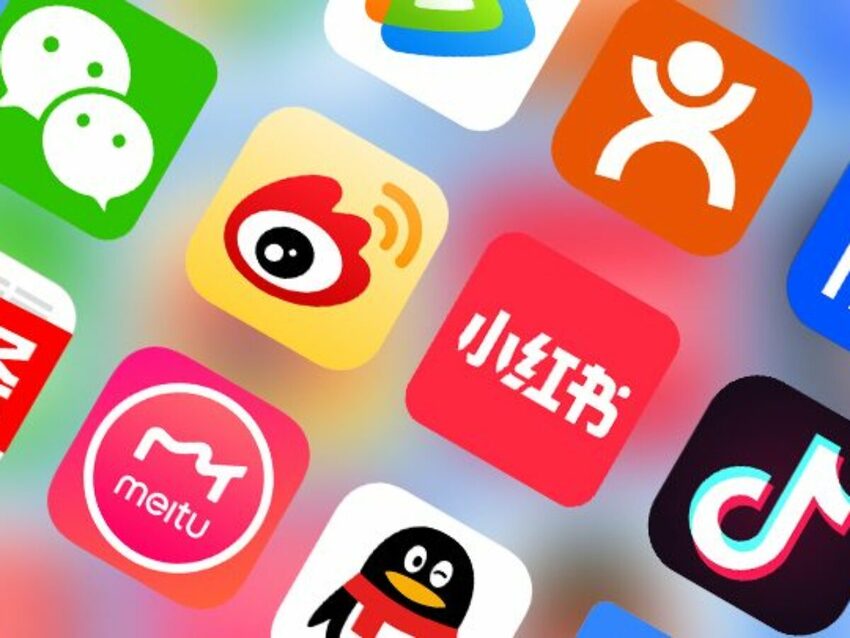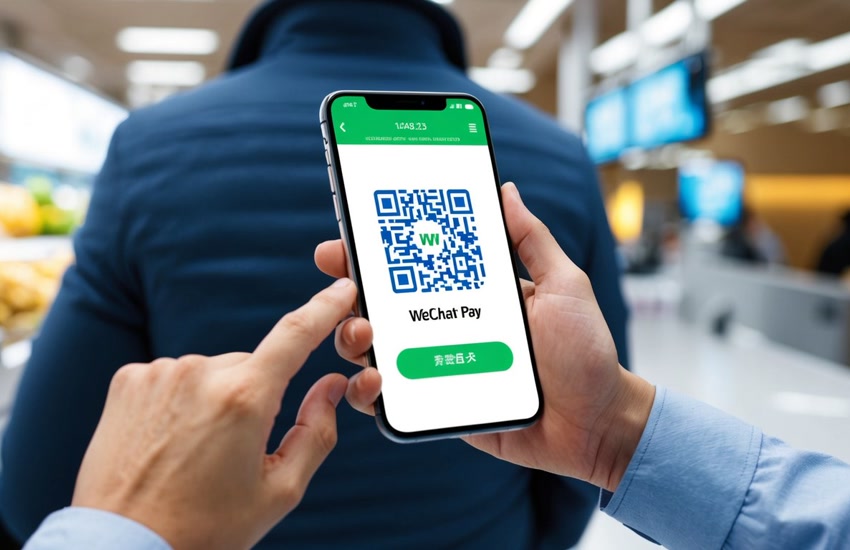
Ni hao, fellow adventurers! If you’re planning a trip to China, get ready for an experience unlike any other.
From tourist places in Beijing China like the Forbidden City and the Temple of Heaven, to the bustling streets of China Beijing Shanghai, this country is a land of incredible sights, sounds, and… well, cashlessness.
Yes, you read that right. China has largely embraced mobile payments, and navigating this digital landscape is essential for a smooth and enjoyable trip. That’s why I’ve created this comprehensive guide!
Why Go Cashless in China?
Understanding the Benefits
Before we dive in, let’s address the elephant in the room: why bother with all this mobile payment stuff? Can’t you just use cash? Technically, yes, you can still use cash. It’s even illegal for vendors to outright refuse it. However, embracing WeChat Pay or Alipay opens up a world of convenience and accessibility, enriching your Beijing life and beyond.
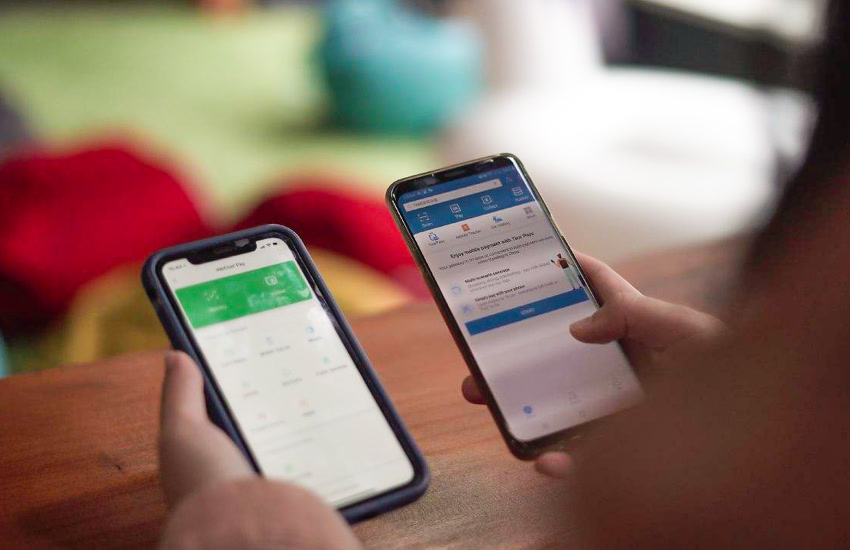
- Ubiquity: From high-end restaurants to street food stalls (and even when buying souvenirs from China), mobile payments are accepted virtually everywhere.
- Convenience: No need to worry about carrying large amounts of cash or getting the right change. This is especially useful considering the price of peking duck can vary!
- Hygiene: Okay, this might be a little extra, but think about it: fewer physical transactions mean less contact with potentially germy surfaces.
- Local experience: Using WeChat Pay or Alipay lets you feel like a true local, immersing yourself in the day-to-day culture and simplifying your transactions even in markets like Pearl Market Beijing or Hong Qiao Market. And if you go to Panjiayuan Beijing, you’ll see almost everyone is using mobile payment.
- Some Vendors may not have change: Shops sometimes struggle to provide change.
Your Mobile Payment Arsenal: WeChat Pay and Alipay
Understanding the Leading Players
The two dominant players in China’s mobile payment scene are WeChat Pay and Alipay. They’re like the Visa and Mastercard of the Chinese digital world, and understanding how to use them is key to unlocking a seamless travel experience. They’ll be essential for experiences outlined in any China itinerary, whether it’s a china itinerary 10 days or a longer china travel itinerary 2 weeks.
Think of WeChat as China’s super-app. It’s a combination of WhatsApp, Facebook, and… well, a whole lot more!
Beyond messaging and social networking, WeChat Pay is seamlessly integrated, making it incredibly convenient for everyday transactions. You can not only use it to pay, but also communicate with your local tour guide and your Chinese friends. You can also create or join an in China wechat group. Don’t forget that you can add a second number to wechat to keep your personal and travel accounts separate.
Alipay, on the other hand, is primarily focused on financial services. While it also offers various features, its core strength lies in its robust payment platform. Some compare it to Paypal.
WeChat Pay vs. Alipay: Making the Choice
Honestly, the best answer is both! While both are widely accepted, WeChat Pay tends to be more prevalent among smaller vendors and street stalls due to its integration within the ubiquitous WeChat app. Alipay is usually accepted in larger stores and restaurants. By having both, you ensure you’re covered in almost any payment situation. If you absolutely have to pick one, consider Alipay.
Setting Up Your Mobile Payment Accounts: A Step-by-Step Guide
Getting Started
Okay, let’s get down to the nitty-gritty. Here’s how to set up WeChat Pay and Alipay for your China trip itinerary. Remember to do this before you arrive, as the verification process can take some time.
- Downloading the Apps:
- WeChat: Download the WeChat app from the App Store (iOS) or Google Play Store (Android). In some regions, it may appear as “Weixin,” which is the Chinese name for the app.
- Alipay: Download the Alipay app from the App Store or Google Play Store. Make sure you download the international version of Alipay.
- Creating an Account:
- WeChat: Sign up using your mobile phone number (you’ll receive a verification code via SMS) or through your Facebook account. You might need to provide passport information.
- Alipay: Sign up using your email address or phone number (doesn’t need to be a Chinese SIM card). If you choose to sign up with a Chinese SIM card, remember not to use E-SIM as it can not receive messages.
- Linking Your International Bank Card: This is the crucial step! You’ll need to link your Visa, Mastercard, JCB, Diners Club, or Discover card to your account. Here’s how:
- WeChat:
- Go to the “Me” section.
- Tap “Services,” then “Wallet.”
- Choose “Bank Cards.”
- Enter your card details and follow the on-screen instructions.
- Alipay:
- Go to “My” section.
- Tap “Bank Cards.”
- Add your card details and complete the verification process.
- WeChat:
Mastering the QR Code: How to Pay Like a Pro
Understanding the Payment Process
Now that you have your accounts set up, let’s talk about the actual payment process. In China, it all revolves around QR codes. There are two main scenarios:
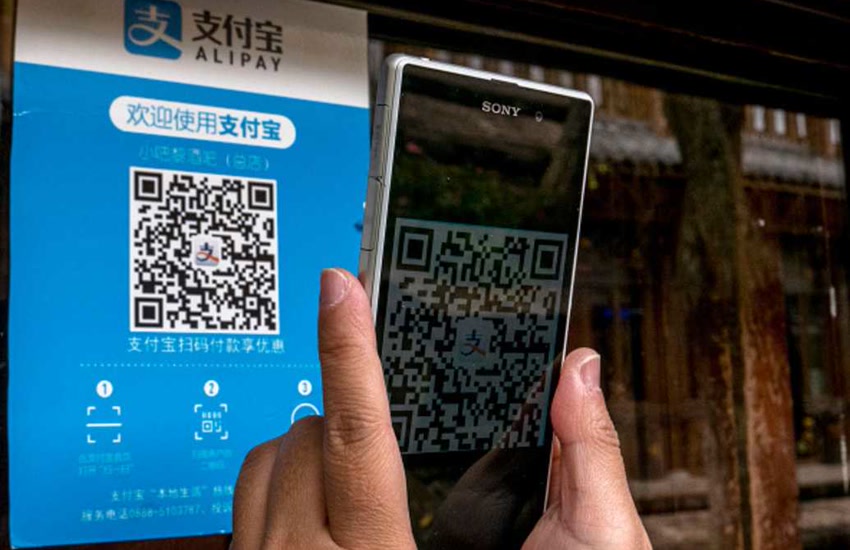
Scanning a Merchant’s QR Code
This is the most common method. Open your WeChat Pay or Alipay app, tap the “Scan” icon (usually a small square with brackets), scan the merchant’s QR code (usually displayed prominently at the checkout), enter the amount you need to pay, and confirm the payment.
Showing Your Payment Code
In some cases, the merchant will have a scanner that reads your personal QR code. Open your WeChat Pay or Alipay app, find your payment code (usually located in the “Wallet” or “Pay” section), present the code to the scanner. The merchant will enter the amount and complete the transaction.
Tips for Smooth QR Code Payments
Make sure your phone screen is clean and bright, hold your phone steady when scanning, double-check the amount before confirming the payment, and take a screenshot of the payment confirmation for your records.
Is China Really 100% Cashless?
Understanding the Limits
While mobile payments are incredibly prevalent, it’s not entirely a cashless society. Cash is still accepted in many places, particularly in smaller towns and rural areas. However, it’s always a good idea to have some cash on hand as a backup. This is also useful in situations where you might want to buy chinese tea in chinese markets or smaller vendors.
Staying Connected: Don’t Forget Your eSIM!
Ensuring a Reliable Internet Connection
While you’re mastering the art of mobile payments, don’t forget about staying connected to the internet. A reliable data connection is essential for using WeChat Pay, Alipay, and navigating unfamiliar surroundings. Consider getting a China travel eSIM. It’s a convenient and affordable way to access local mobile data without the hassle of physical SIM cards. Also consider researching china wireless internet.
Navigating China’s mobile payment system might seem daunting at first, but trust me, it’s worth the effort. Once you get the hang of it, you’ll be amazed by the convenience and efficiency. So, download those apps, link your cards, and prepare to experience a whole new way of paying! With this knowledge, you’ll be well-equipped to conquer the cashless kingdom and make the most of your incredible things to do in china – beijing adventure. From paying for Beijing barbecue to buying tickets to Tiananmen Square, everything will be easier!
Xie xie (thank you) for reading, and happy travels!


